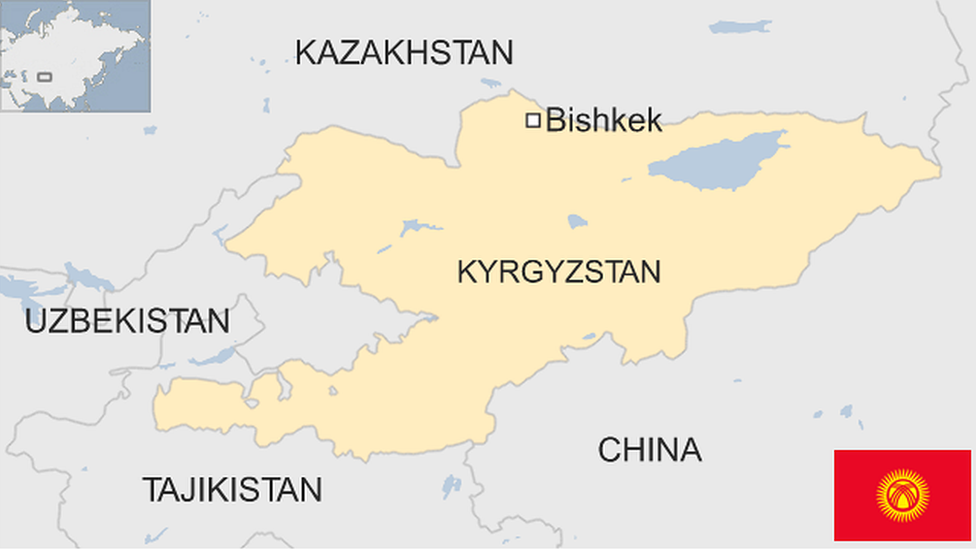Boy dies of bubonic plague in Kyrgyzstan
- Published

Bubonic plague can be treated with antibiotics if diagnosed early
A 15-year-old herder has died in Kyrgyzstan of bubonic plague - the first case in the country in 30 years - officials say.
The teenager appears to have been bitten by an infected flea.
The authorities have sought to calm fears of an epidemic and have quarantined more than 100 people.
Bubonic plague, known as the Black Death when it killed an estimated 25 million people in Europe during the Middle Ages, is now rare.
World Health Organisation epidemic disease expert Eric Bertherat told the BBC there were about 400 cases of bubonic plague reported in 2012.
He said Africa accounted for more than 90% of cases worldwide - especially Madagascar and the Democratic Republic of Congo.
Dr Bertherat said that bubonic plague in Central Asia was usually transmitted by fleas attached to small wild mammals, which meant that only those who lived in rural areas and worked outside for long hours were in danger of being affected.
"Because bubonic plague is such a rare event, local medical staff are not prepared to diagnose the disease and treat it appropriately," he said, "which means the first patient usually dies without even a diagnostic.
"If secondary cases occur, medical staff are aware and better able to treat patients with antibiotics."
Deadly bacterium
The teenager, named as Temir Issakunov, came from a mountain village in the north-east of the country, close to the border with Kazakhstan.
"We suspect that the patient was infected with the plague through the bite of a flea," health ministry official Tolo Isakov said.
The BBC's Rayhan Demytrie says that doctors failed to correctly diagnose his illness until tests were made after his death last week.
Teams have been sent to the area to get rid of rodents, which host the fleas that can carry the deadly bacterium.
Reports suggest that the infected flea could have come from a marmot - a type of mountain squirrel sometimes hunted for food.
Kyrgyz authorities say that the availability of antibiotics means that there is no danger of an epidemic.
More than 2,000 people are being tested for bubonic plague in the Issik-Kul region.
Checkpoints have been set up and travel and livestock transport restricted.
Neighbouring Kazakhstan is reported to have tightened border controls to prevent the disease entering its territory.
There are three human plagues caused by the bacterium Yersinia pestis of which bubonic plague is the most common.
The other two conditions are linked to bacteria in the blood - septicaemia - and bacteria in the respiratory system - pneumonia, which can be transmitted between humans by respiratory droplets.
During the last 20 years, at least three countries experienced outbreaks of human plague after dormant periods of about 30-50 years, experts say.
These areas were India in 1994 and 2002, Indonesia in 1997 and Algeria in 2003.
According to the World Health Organization, external, the last significant outbreak of bubonic plague was in Peru in 2010 when 12 people were found to have been infected.
- Published26 July 2013

- Published24 March 2023

- Published16 August 2013

- Published31 May 2013
